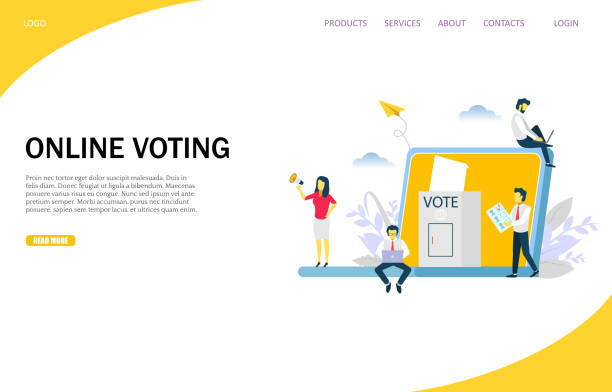The Importance of Building a Personal Website in the Digital Age
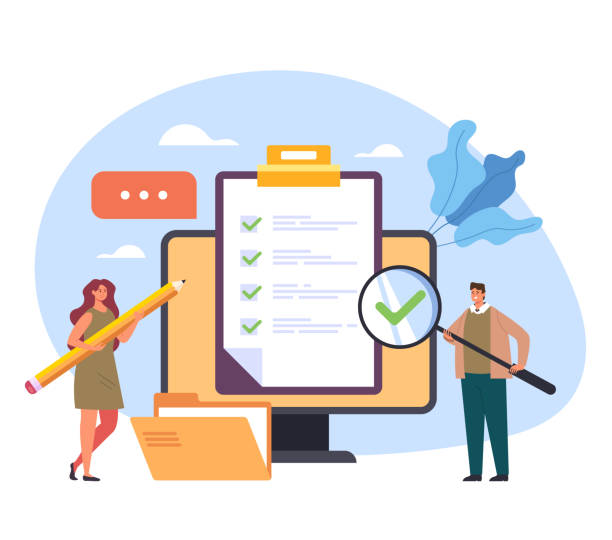
In today’s world, where physical and virtual boundaries are rapidly blurring, having a personal #online_presence is no longer a luxury, but a necessity.
Designing a personal website allows you to fully shape and control your digital identity.
This space is not only a dynamic and engaging #online_resume, but also a platform to showcase your #skills, #projects, and #interests.
On this site, you can tell your professional story, display your portfolio, and share your unique insights with the world.
No matter if you are a freelancer, artist, writer, or entrepreneur; a personal website helps you strengthen your personal brand and easily connect with your target audience.
In fact, this site is a bridge between you and job opportunities, potential collaborations, and even new audiences.
Having a personal website demonstrates your seriousness and professionalism, and helps you stand out from others in a competitive market.
This is a long-term investment in your professional future whose value increases over time.
Tired of losing customers due to poor e-commerce website design? Solve this problem forever with Rasaweb!
✅ Increase sales and visitor-to-customer conversion rate
✅ Smooth and engaging user experience for your customers⚡ Get free consultation
Strategic Planning for Your Website
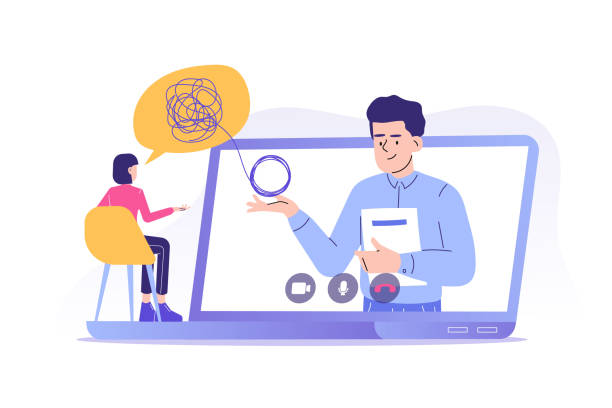
Before any practical action for designing a personal website, the strategic planning phase is of high importance.
This stage involves precisely defining your goals for building the website and identifying your target audience.
Ask yourself: “What is my main goal in having this website? Do I want to showcase my portfolio? Am I looking to attract clients for my services? Or do I simply want to have a personal blog to share my knowledge and experiences?” Answering these questions will determine the overall direction of your website’s design and content.
The next step is to accurately understand your target audience.
Knowing who will visit your site helps you tailor the tone, style, and even the visual design of the website to their tastes and needs.
For example, if your audience consists of company executives, the design should be more formal and professional, whereas for artists and the creative community, more bold and colorful designs can be used.
This precise planning allows you to produce suitable and engaging content that not only attracts visitors but also guides them towards your desired action (such as contact, purchase, or download).
Without a clear plan, your website may lack direction and necessary effectiveness.
Choosing the Right Platform for Your Personal Website Design
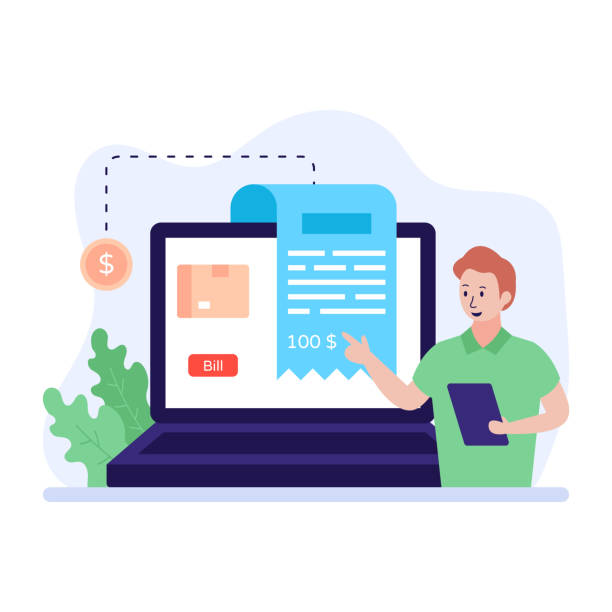
One of the most important decisions in the process of designing a personal website is choosing the right platform to build it.
There are numerous options available to you, each with its own advantages and disadvantages.
Popular Content Management Systems (CMS) like WordPress are the choice of many due to their high flexibility, numerous plugins, and large user community.
WordPress allows you to build a completely customized website without coding knowledge.
In contrast, Website Builders like Wix or Squarespace offer simplicity and speed.
They allow you to design a beautiful website in the shortest possible time using a Drag-and-Drop user interface, although you may have limitations in terms of customization.
For those seeking complete control and very specific capabilities, Custom Coding using languages like HTML, CSS, and JavaScript is an ideal option, but it requires deeper technical knowledge.
Choosing the right platform depends on your technical skills, budget, and long-term goals.
To help you make a better decision, the table below provides a comparison of the main features of common platforms:
| Feature | WordPress (CMS) | Wix/Squarespace (Website Builder) | Custom Coding |
|---|---|---|---|
| Ease of Use | Medium (requires learning) | High (easy for beginners) | Low (requires expertise) |
| Flexibility & Customization | High (with plugins and themes) | Medium (limited to templates) | Very High (fully free) |
| Cost | Medium (hosting and theme/plugin) | Medium to High (monthly subscription) | High (expert labor) |
| Scalability | High | Medium | High |
Principles of Visual Design and User Experience in Personal Websites

Beyond platform selection, the success of a personal website heavily depends on the quality of its visual design and user experience (UI/UX).
User Interface (UI) design deals with the appearance and visual elements of the site, while User Experience (UX) refers to the user’s feelings and interaction with the website.
A personal website should not only be beautiful but also easy, intuitive, and enjoyable to use.
Design principles include color harmony, readable fonts, sufficient white space, and proper visual hierarchy, which help users easily find the information they are looking for.
Additionally, responsive design is of vital importance; meaning your website should display well on all types of devices, including smartphones, tablets, and desktops.
Website loading speed is also a crucial factor in user experience; today’s users expect sites to load quickly, and if they are slow, the likelihood of users abandoning the site increases.
Finally, attention to small details such as subtle animations, user-friendly contact forms, and high-quality images can make a significant difference in the appeal and effectiveness of your website.
These factors combined lead to a successful personal website design.
Are you dissatisfied with the low conversion rate of visitors to customers on your e-commerce site?
Solve this problem forever with professional e-commerce website design by Rasaweb!
✅ Increase visitor-to-customer conversion rate
✅ Create an excellent user experience and build customer trust
⚡ Get free consultation
Content Strategy for Audience Engagement and Showcasing Your Expertise
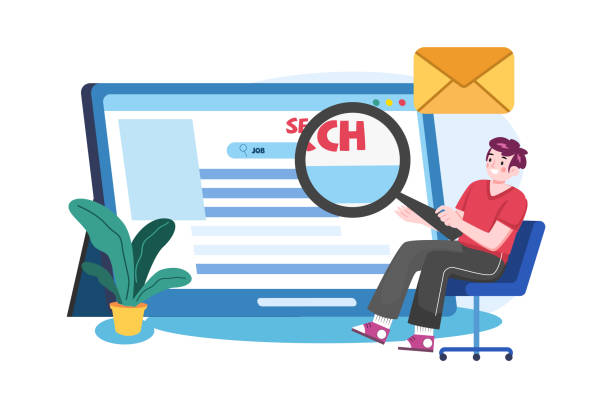
Content is king; this statement applies more than ever to personal website design.
Having a strong content strategy transforms your website into a valuable resource for your audience and clearly showcases your expertise.
The first step is to determine the type of content that best represents your skills and goals.
For example, if you are a graphic designer, a portfolio section with high-quality work samples is essential.
If you are a writer, an active blog section publishing articles related to your field will be very beneficial.
Additionally, providing comprehensive information on the “About Me” page, which narrates your personal and professional story, can create a deep connection with visitors.
Producing fresh and valuable content regularly not only brings audiences back to your site but also helps improve your search engine ranking (SEO).
Your content should be unique, trustworthy, and tailored to the needs of your target audience.
Use various methods such as educational articles, case studies, videos, podcasts, or infographics to diversify your content.
The main goal is to demonstrate your credibility and expertise in your field, so that visitors recognize you as an authority in your area.
Search Engine Optimization (SEO) to Increase Your Website Traffic
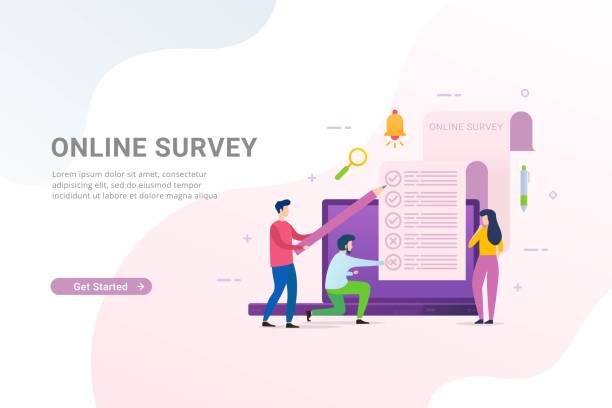
After designing your personal website and creating its content, the next step is to ensure its visibility.
This is where Search Engine Optimization (SEO) comes into play.
SEO is a set of techniques that helps your website rank higher in Google and other search engine results, thereby attracting more organic traffic.
For a personal website, focusing on keywords related to your name, expertise, and services is crucial.
For example, if you are a web designer, keywords like “personal website design Tehran” or “best freelance web designer” can be targeted.
In addition to keywords, optimizing on-page content (On-Page SEO) – including using appropriate title tags, attractive meta descriptions, user-friendly URL structures, and proper internal linking – helps search engines better understand your content.
Website loading speed and mobile-friendliness are also important ranking factors.
Finally, Backlinks from other reputable websites to your site increase your domain authority and power, which is one of the strongest ranking signals for search engines.
By correctly implementing these principles, your personal website will have a greater chance of being seen by your target audience.
Monetization and Growth Methods Through a Personal Website

Is designing a personal website merely a tool for display and branding, or can it also be used as a source of income? This is a question many people encounter at the beginning of their personal website design journey.
The unequivocal answer is yes, a personal website has high potential for generating income and growing your business.
There are various methods for monetizing a personal website, which can vary depending on your type of activity and content.
If you are an expert in a specific field, you can offer your consultation services through the site.
Selling digital products such as e-books, online courses, or design templates is also a popular option.
Affiliate Marketing programs also allow you to earn income by promoting others’ products and receiving a commission for each sale.
Displaying advertisements (like Google AdSense) can also provide a stable revenue stream, although it requires high traffic.
To grow your website and business, you can use tools like email newsletters to maintain communication with your audience and offer them special deals.
The table below shows some common ideas for monetizing a personal website:
| Monetization Method | Description | Suitable for |
|---|---|---|
| Selling Services | Consulting, design, writing, programming | Freelancers, specialists, consultants |
| Selling Digital Products | E-books, online courses, templates | Bloggers, instructors, artists |
| Affiliate Marketing | Promoting others’ products and earning commission | Bloggers, content marketers |
| Displaying Ads | Using platforms like Google AdSense | High-traffic blogs |
Continuous Website Maintenance and Updates for Sustainability
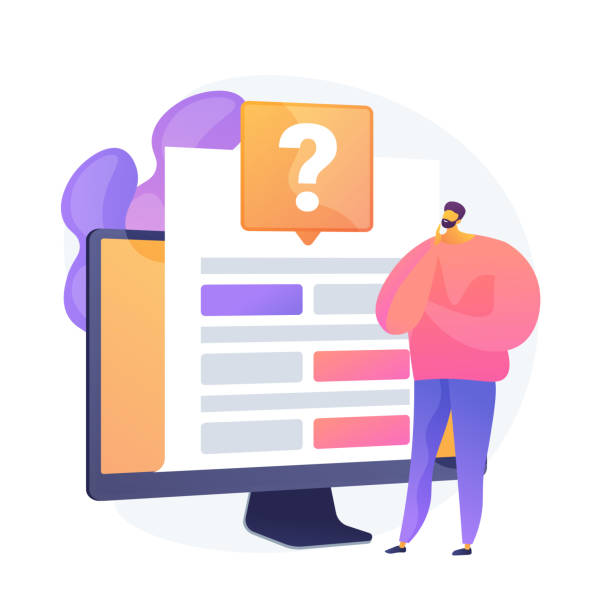
After designing your personal website and launching it, your work is not finished.
In fact, continuous maintenance and updates are the backbone of your website’s sustainability and long-term success.
This includes several key aspects that ensure your website remains secure, fast, and efficient at all times.
The first is software updates; if you use CMSs like WordPress, you must regularly keep your WordPress core, plugins, and themes updated to prevent security and compatibility issues.
Website security is also of high importance; installing an SSL certificate, using strong passwords, and regular data backups are essential measures to protect against cyber attacks and data loss.
In addition to technical aspects, content updates are also very important.
Outdated content can be boring for visitors and even harm your site’s SEO.
Therefore, regularly publish new articles, update old information, and add new portfolio items.
Monitoring website performance, including loading speed and overall functionality, through tools like Google Analytics and Google Search Console also helps you identify potential issues and implement necessary improvements.
Do you dream of a thriving online store but don’t know where to start?
Rasaweb is your comprehensive e-commerce website design solution.
✅ Attractive and user-friendly design
✅ Increased sales and revenue⚡ Get free consultation
Latest Trends and the Future of Personal Websites

The world of web is rapidly evolving, and awareness of the latest trends is essential for maintaining competitiveness in personal website design.
One of the most important current trends is Personalization.
Websites are increasingly using AI to deliver content and user experiences tailored to each user’s interests and browsing history.
This approach helps create deeper connections with the audience.
Furthermore, the emergence of Web3 and blockchain technologies has opened up new potentials for data ownership, security, and decentralized interactions, which may impact how personal websites are built and managed in the near future.
The use of Artificial Intelligence (AI) in content creation and SEO optimization is also on the rise, although the role of human creativity and expertise remains vital.
Interactive designs, the use of short videos, engaging animations, and Augmented/Virtual Reality (AR/VR) capabilities to provide more immersive experiences are other trends that can make your website unique.
These trends indicate that the future of personal websites is moving towards smarter, more interactive, and user-centric experiences.
Understanding and integrating these trends can not only keep your personal website modern and attractive but also prepare it for future challenges.
Conclusion and Next Steps for Successful Personal Website Design
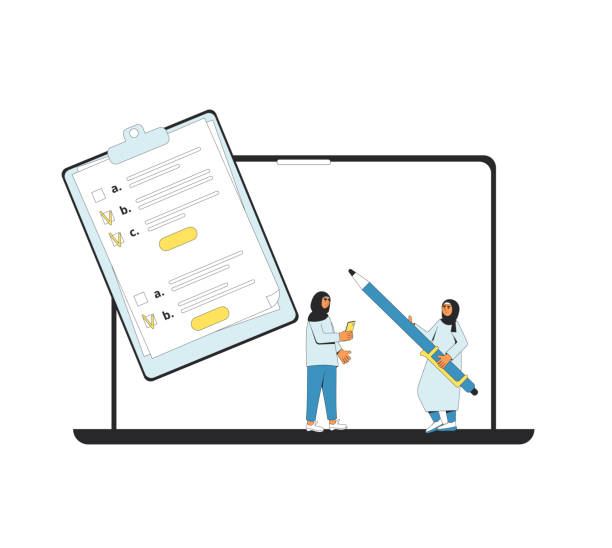
As we have seen, designing a personal website is more than a simple project; it is a strategic investment in your personal brand and professional future.
From meticulous planning and choosing the right platform to creating valuable content, optimizing for search engines, and continuous maintenance, every step plays a vital role in your website’s success.
A successful personal website not only showcases your expertise and skills but also opens doors to new career opportunities, profitable collaborations, and meaningful connections with your target audience.
Key takeaways include focusing on user experience, producing fresh and engaging content, and staying updated with the latest web technology trends.
Now that you are familiar with the principles and steps of personal website design, it’s time to turn your ideas into reality.
If you haven’t launched your personal website yet, now is the best time to start.
With a structured plan, some perseverance, and a willingness to learn, you can create a powerful and impactful online presence for yourself that not only distinguishes you in the digital world but also smooths your path to success.
Remember that this is an ongoing process, and your website should evolve with your growth and market changes.
Frequently Asked Questions
| Question | Answer |
|---|---|
| Why should we have a personal website? | A personal website helps you build your personal brand, showcase your skills and portfolio, connect with your audience, and gain new job opportunities. |
| What steps should be taken to design a personal website? | The steps include defining your goal, choosing a domain name and hosting, selecting a platform (e.g., WordPress), designing the user interface, content creation, optimizing for search engines (SEO), and launching. |
| Do I necessarily need to know coding to design a personal website? | No, by using Content Management Systems (CMS) like WordPress or Website Builders like Wix and Squarespace, you can design your website without needing to code. |
| What is a Domain Name and how do I choose one? | A domain name is your website’s address on the internet (e.g., yourname.com). It’s best to choose a name that is short, memorable, relevant to you or your business, and has an appropriate extension (like .com, .ir). |
| What is Hosting and why do I need it? | Hosting is space on the internet where all your website’s files and data (like images, texts, codes) are stored so they are always accessible to users. Without hosting, your website will not be visible. |
| What should the content of a personal website include? | Content usually includes an About Me page, portfolio, services/skills, blog (articles), contact information, and a contact form. |
| How can I optimize my personal website for search engines (SEO)? | By using relevant keywords, producing high-quality content, improving website loading speed, being mobile-responsive, building internal and external links, and optimizing title tags and descriptions. |
| Why is Responsive Design important for a personal website? | Responsive design ensures that your website displays correctly on all devices (computers, tablets, mobile phones) and provides a good user experience, which is also important for SEO. |
| What should I do for personal website security? | Use an SSL certificate (HTTPS), regularly update the platform and plugins, use strong passwords, perform regular backups, and install a firewall or security plugins. |
| How can I increase my personal website’s traffic (visitors)? | Through SEO optimization, content marketing (blogging), social media activity, email marketing, online advertising, and collaborations with other websites. |
And other services of Rasaweb Advertising Agency in the field of advertising
Smart Brand Identity: A new service to increase click-through rates through precise audience targeting.
Smart Digital Branding: Designed for businesses seeking digital branding through intelligent data analysis.
Smart Conversion Rate Optimization: A new service to improve SEO ranking through marketing automation.
Smart SEO: A new service to increase website traffic through an SEO-focused content strategy.
Smart Brand Identity: Designed for businesses looking to increase sales through attractive user interface design.
And over hundreds of other services in the field of internet advertising, advertising consultation, and organizational solutions
Internet Advertising | Advertising Strategy | Advertorials
Resources
Important Tips for Personal Website Design
Complete Guide to Building a Professional Website
Best Platforms for Personal Websites
How to Improve Personal Website SEO?
? To soar in the digital space and reach more audiences, Rasaweb Afarin Digital Marketing Agency paves the way for your business’s success by offering services such as responsive website design and professional optimization.
📍 Tehran, Mirdamad Street, Next to Central Bank, Southern Kazeroun Alley, Ramin Alley, No. 6

